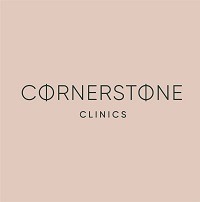The rhinoplasty plastic procedure is performed to help correct or reconstruct the shape of the nose. In most cases, rhinoplasty or nose job can enhance the aesthetic appearance and improve the dimensions of the face harmonising and enhancing your features. From a medical point of view, it can also help with nasal functions such as breathing and for a deviated septum when the nasal passage is tilted to one side making one nasal passage smaller than the other. Rhinoplasty is a popular surgery accounting for around 10% of cosmetic surgery requests in the world.
TYPES OF RHINOPLASTIES
The most common problems that can be solved with rhinoplasty are bumps in the bridge of the nose, deviated septum, downturned or hooked noses, too wide or upturned nostrils as well as breathing difficulties. According to the type of problem that needs to be solved, your surgeon can indicate what type of surgery is more convenient. There are different types of rhinoplasties that can be done according to your needs:
– Standard Rhinoplasty (open rhinoplasty)
This involves full nose correction of the bridge, tip and nostrils where a small external incision is made between the nostrils in order to perform more extensive work to alter the nasal structures. The incision is very moderate and with proper care it can be imperceptible.
– Rhino Tip (nose tip plasty)
Adjustment of the nose tip is the main focus. It is a less invasive procedure compared to the others as it doesn’t require intervention to the nasal bone meaning that the recovery will be very quick.
– Preservation Rhinoplasty (closed rhinoplasty)
This procedure is performed internally to minimise scarring as the incisions are internal requiring less surgical time with a faster recovery. This is best for patients who require the bridge of the nose to be modified. This technique causes less swelling compared to open rhinoplasty as it can correct minor imperfections.
– Septorhinoplasty
This is similar to the standard open rhinoplasty as it helps to correct those who suffer from a deviated septum (that causes the air passage to be smaller on one side) allowing you to breathe better. The procedure infrequently makes a difference to the aesthetic appearance of the nose and in most cases, it is performed under general anaesthesia.
RHINOPLASTY STYLES
Even though people from the same ethnic group frequently share facial features, each person’s facial features are distinctive to them. Within an ethnic group, certain physical traits, such as nose length, width, shape, and projection, may be comparable. We can divide rhinoplasty styles into 3 macro-categories:
1) Arab nose rhinoplasty
Arab rhinoplasty patients from Iran, Lebanon, Syria, or other Middle Eastern nations make ideal candidates. The Middle Eastern nose might have a prominent hump, nasal tip droopiness that gives the nose a hooked or pointed appearance and a broad nasal base that gives the appearance of flared nostrils. Rhinoplasty in this case is intended to reshape the nose to produce an aesthetically pleasing look while maintaining the inherent ethnic characteristics of the nose that are specific to people who are of Middle Eastern descent. Asian or Indian rhinoplasty techniques use the same surgical principles.


